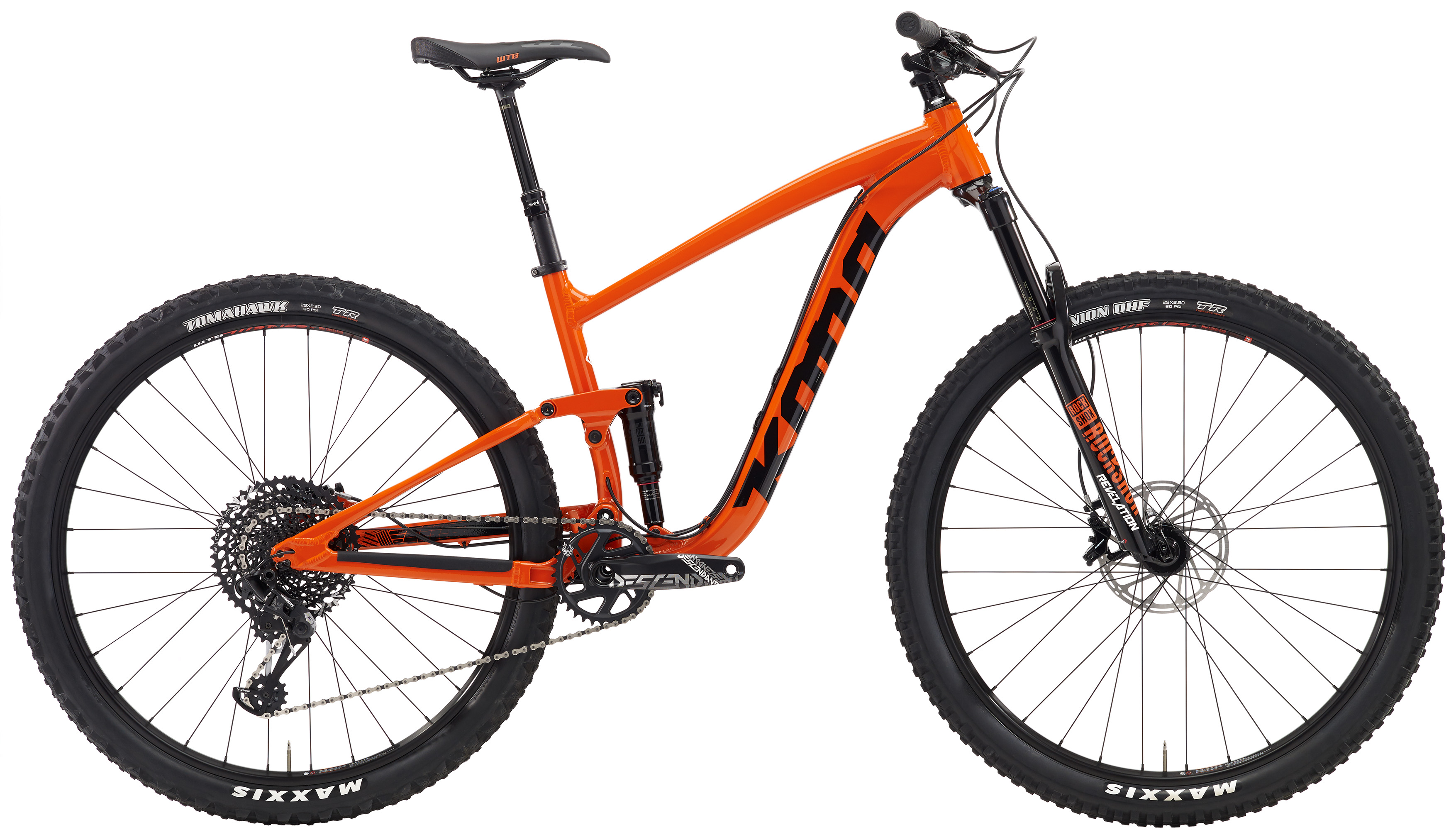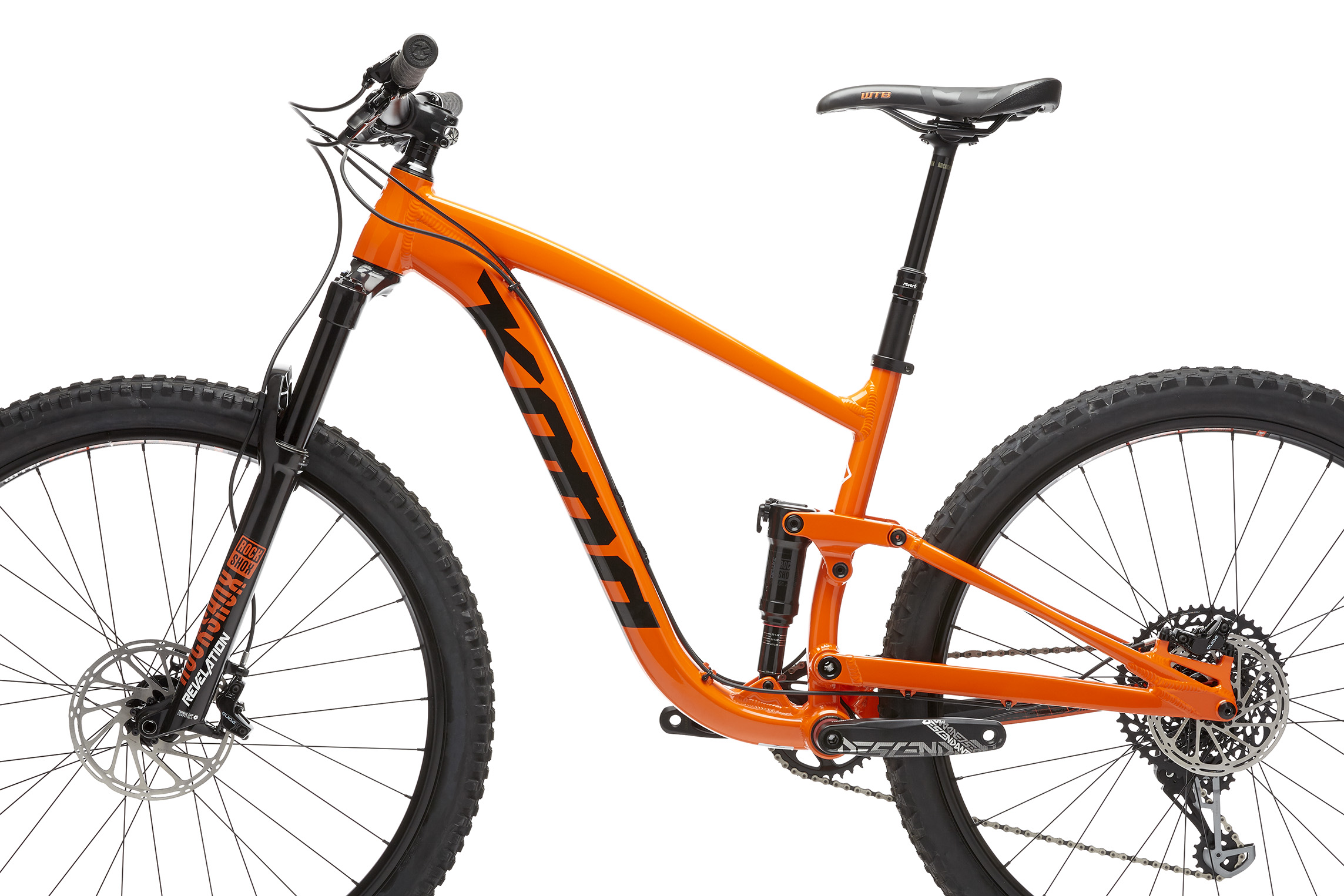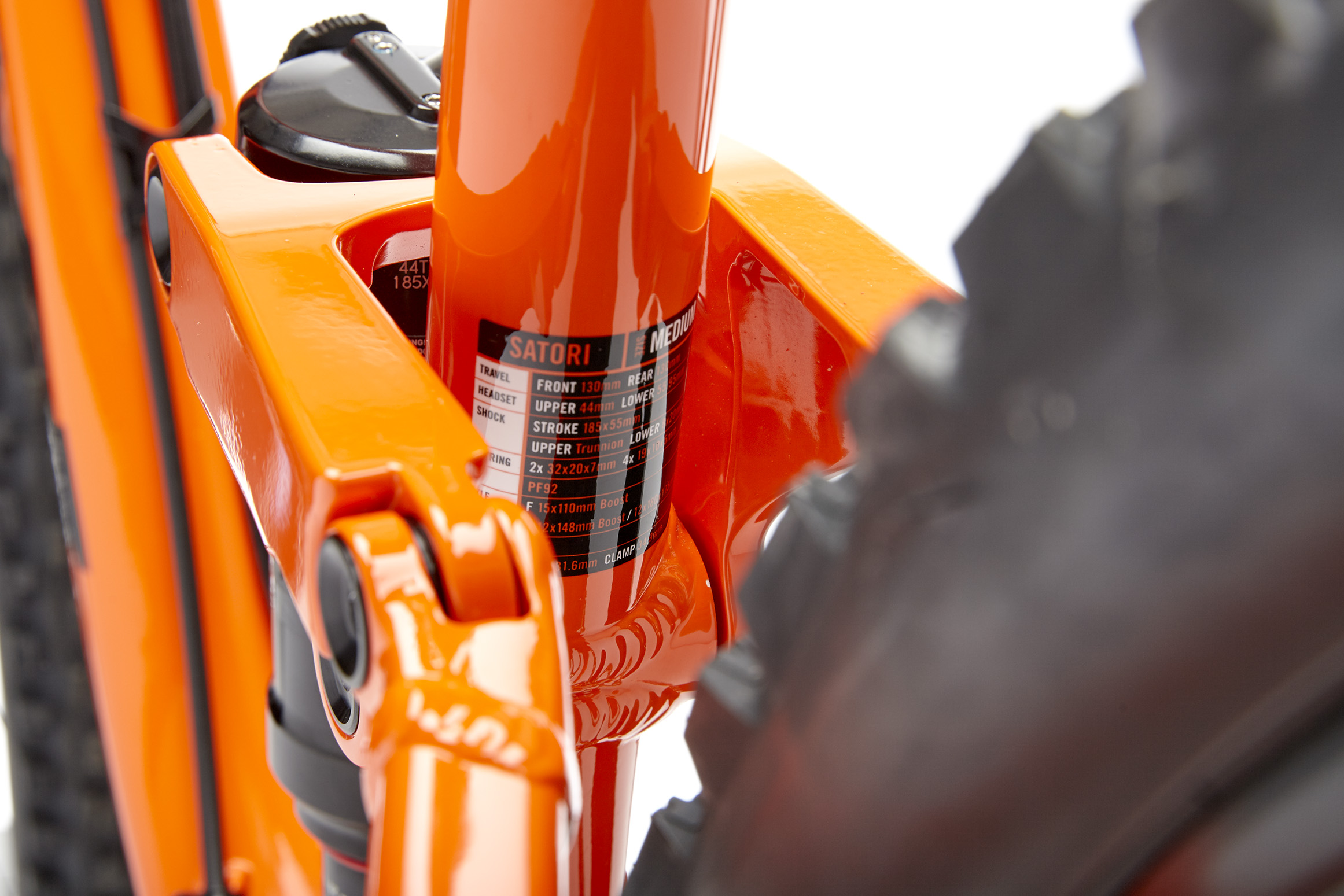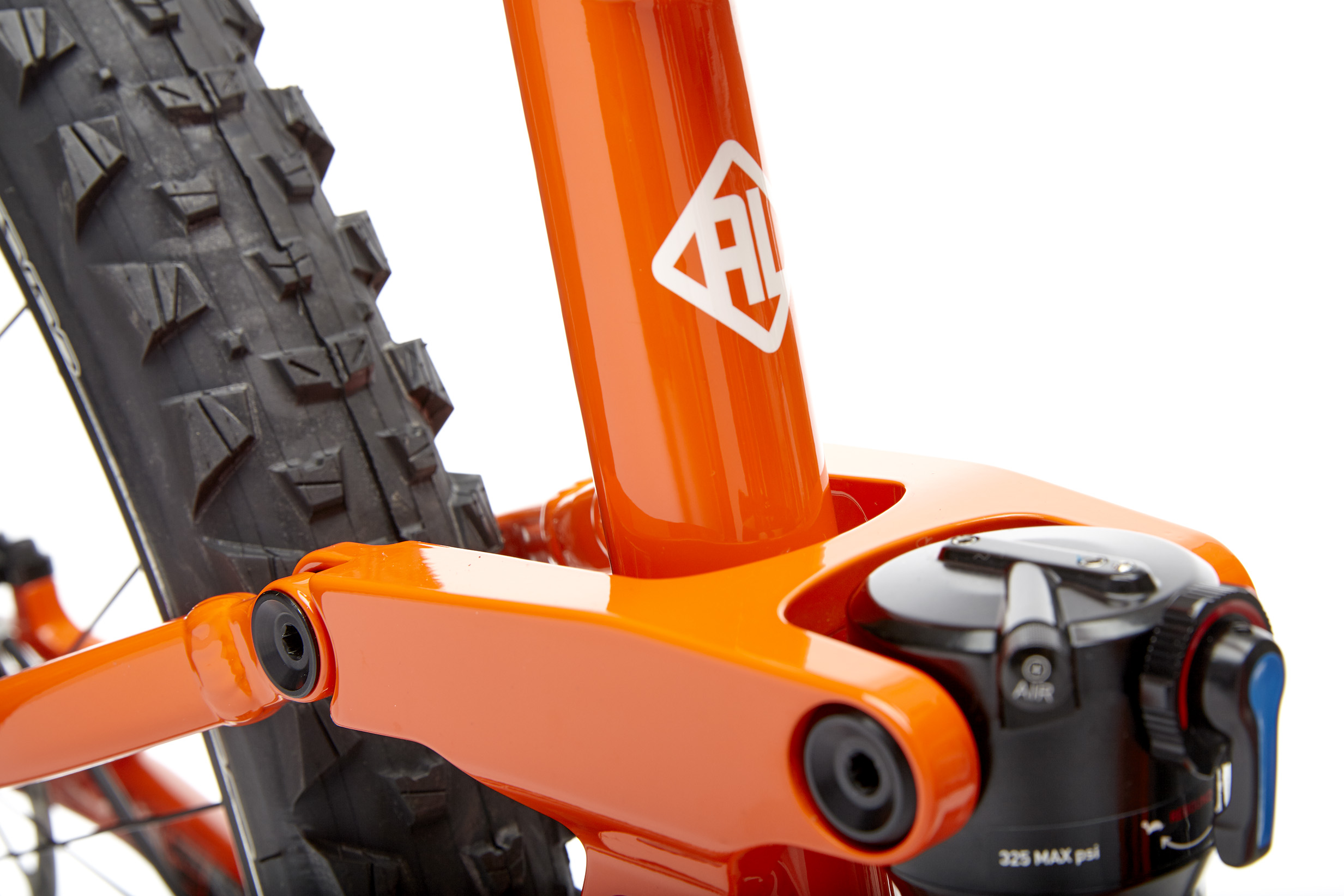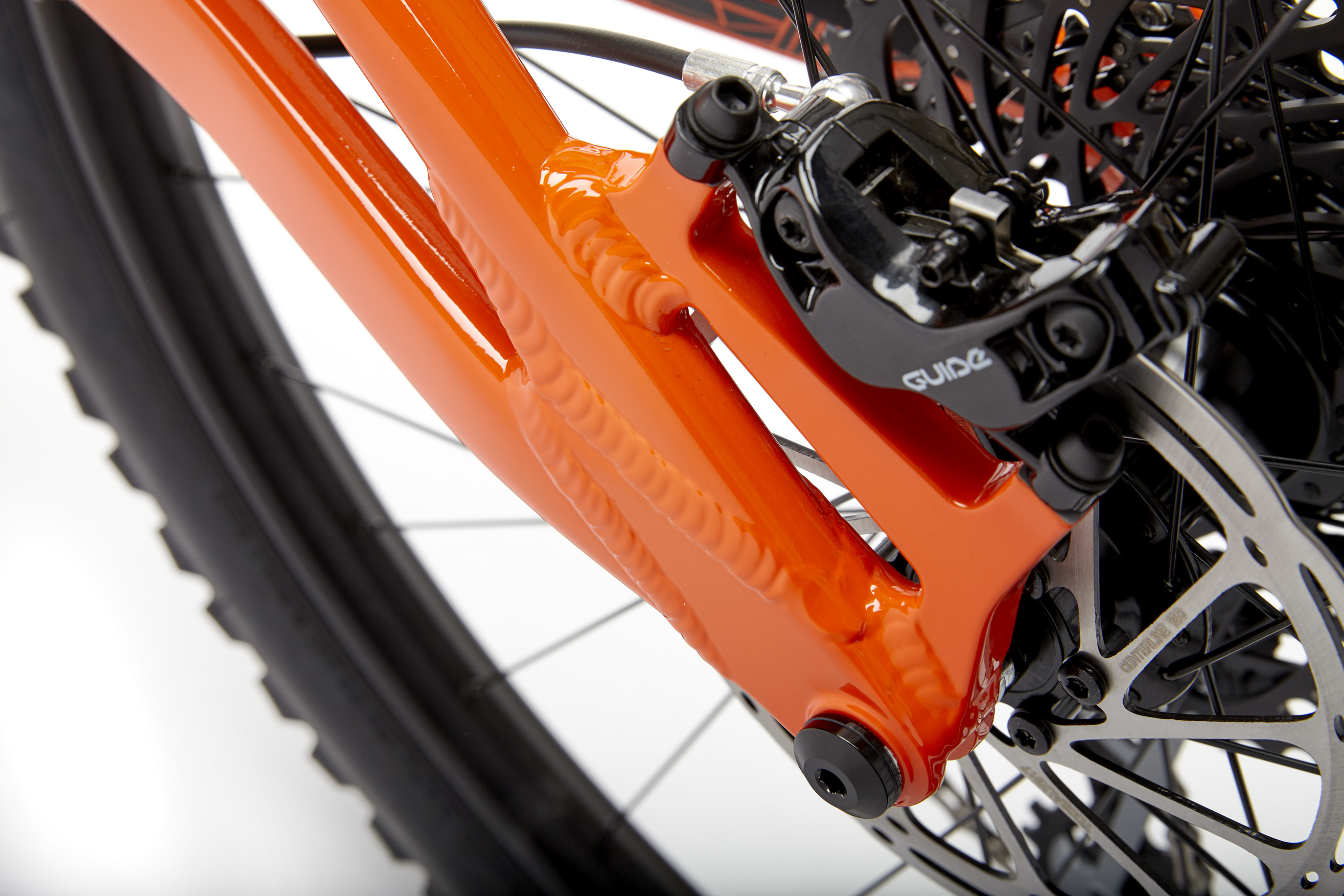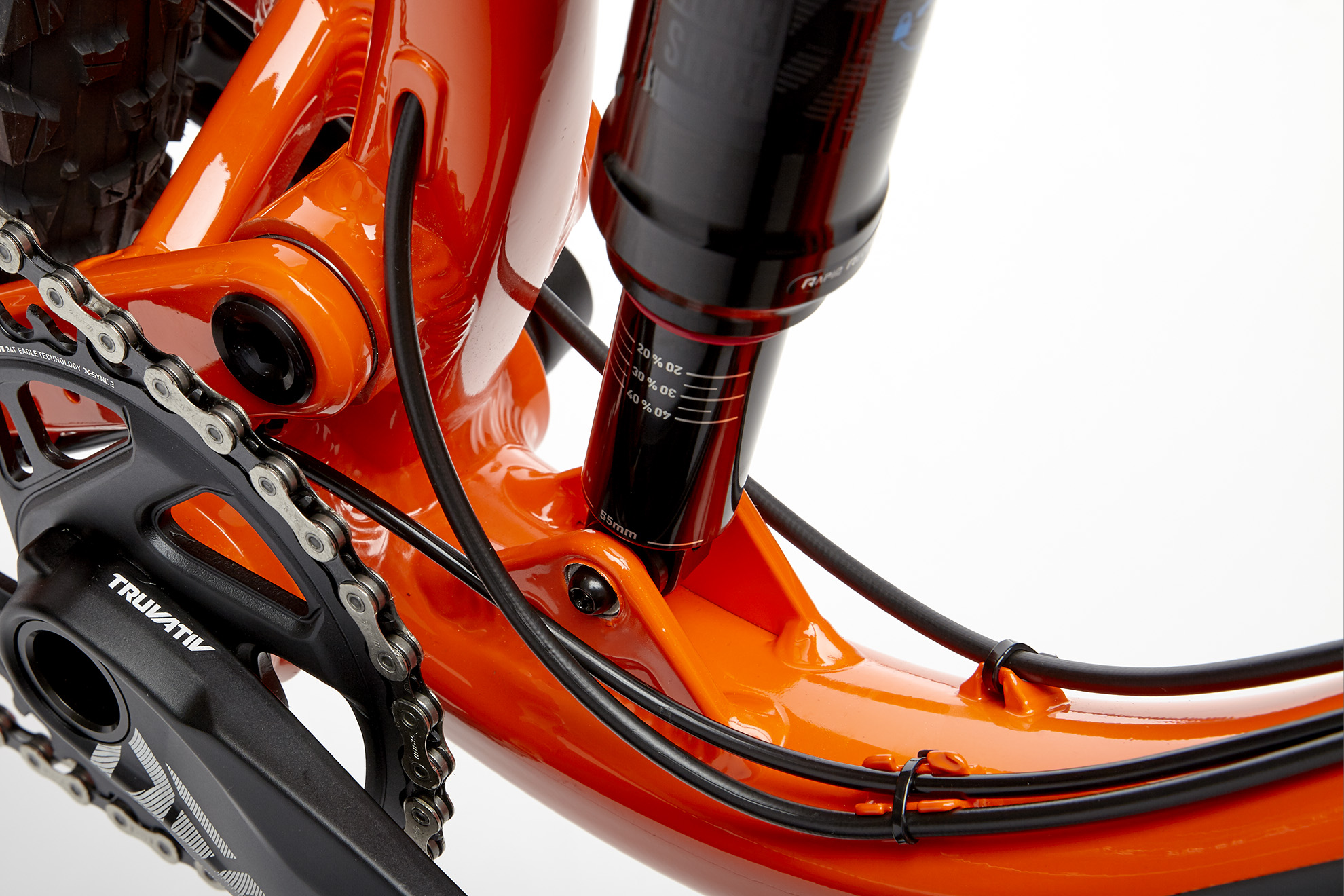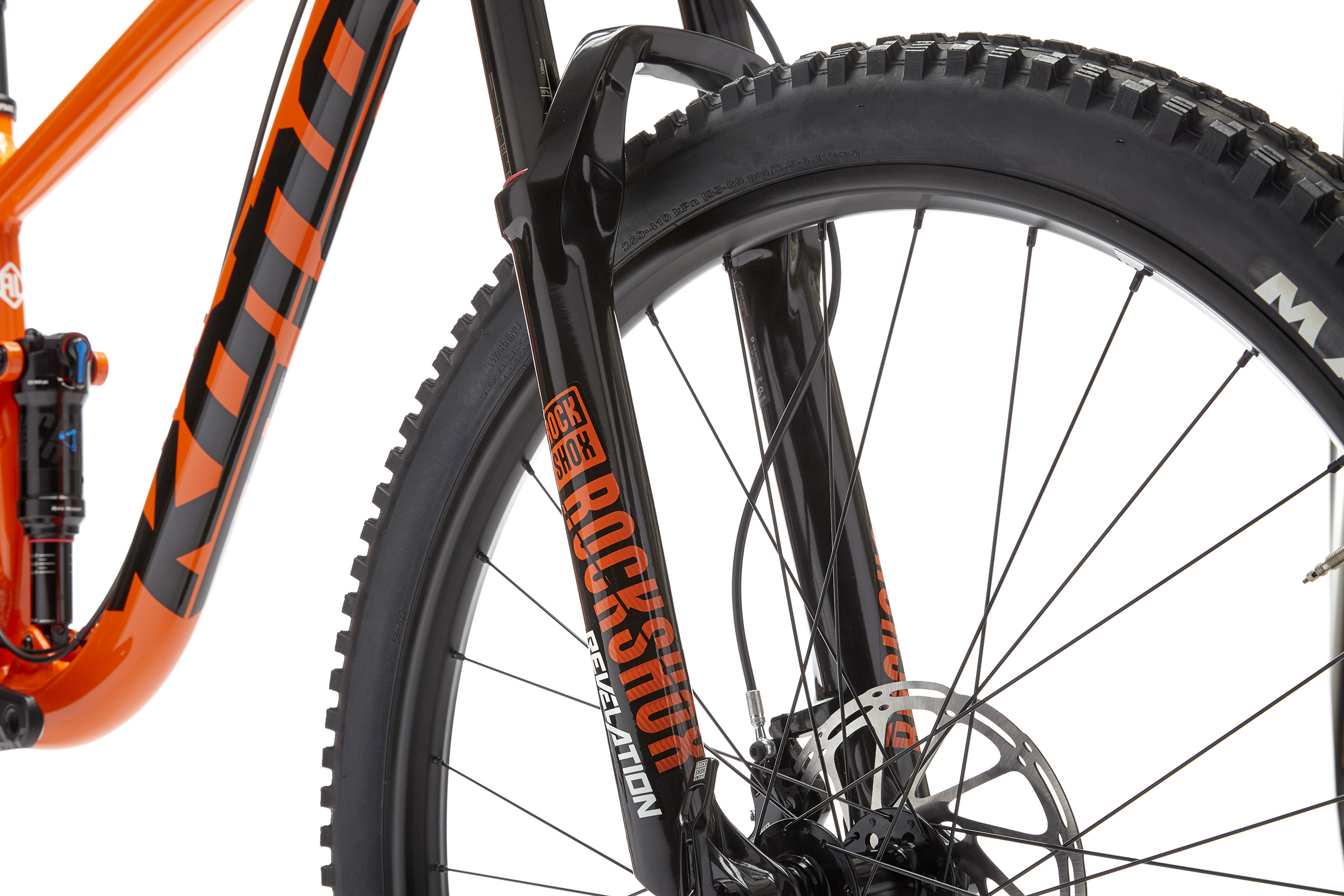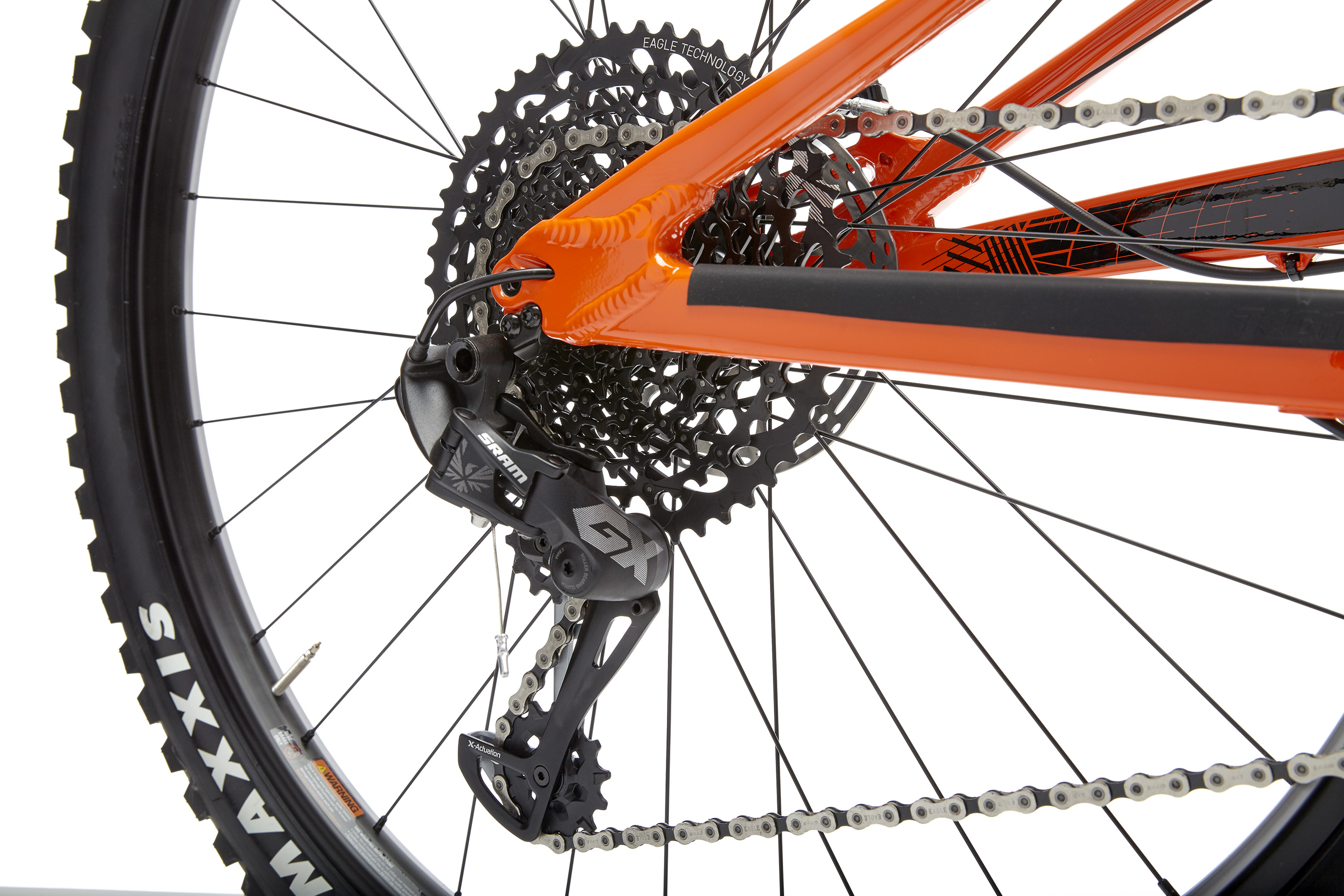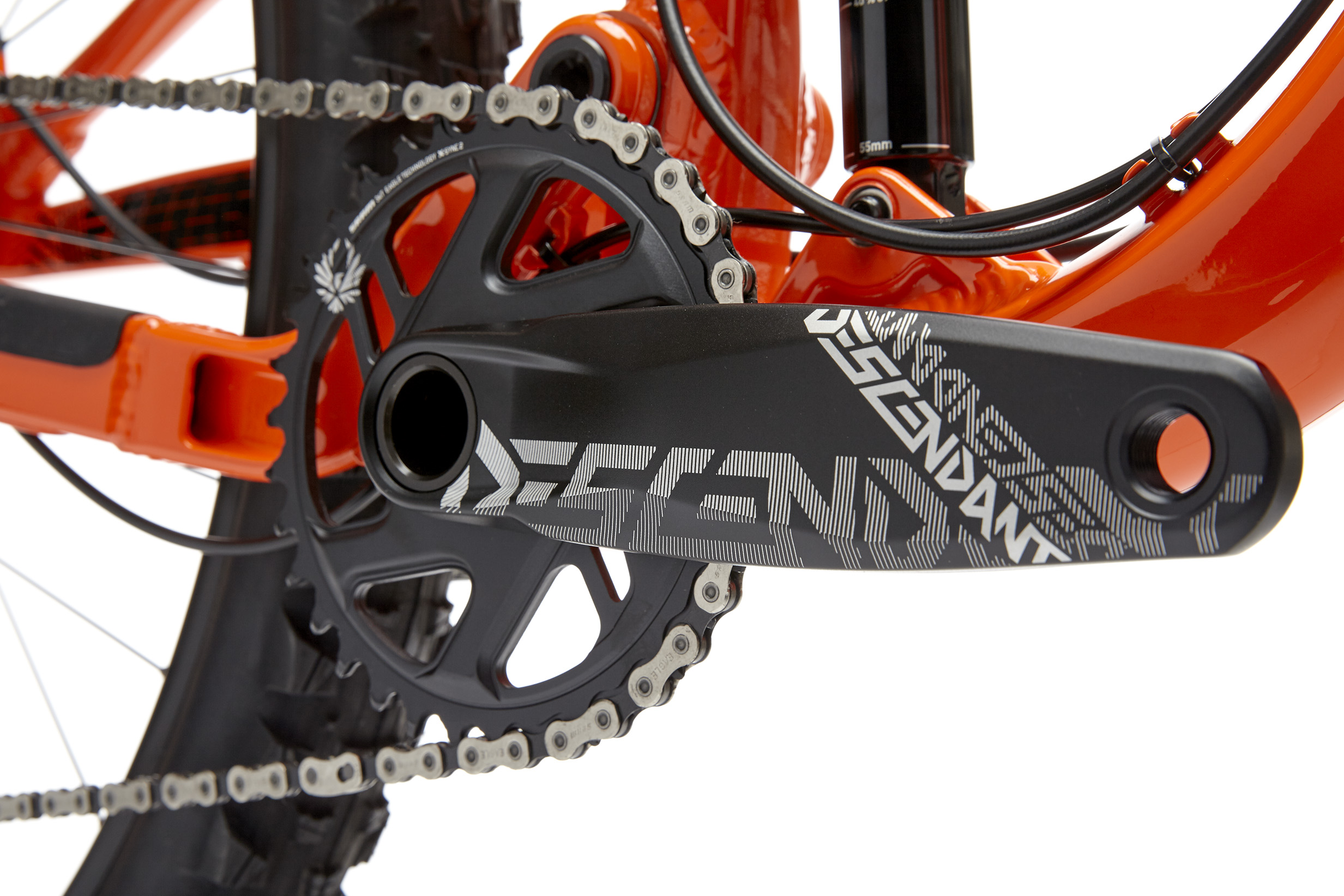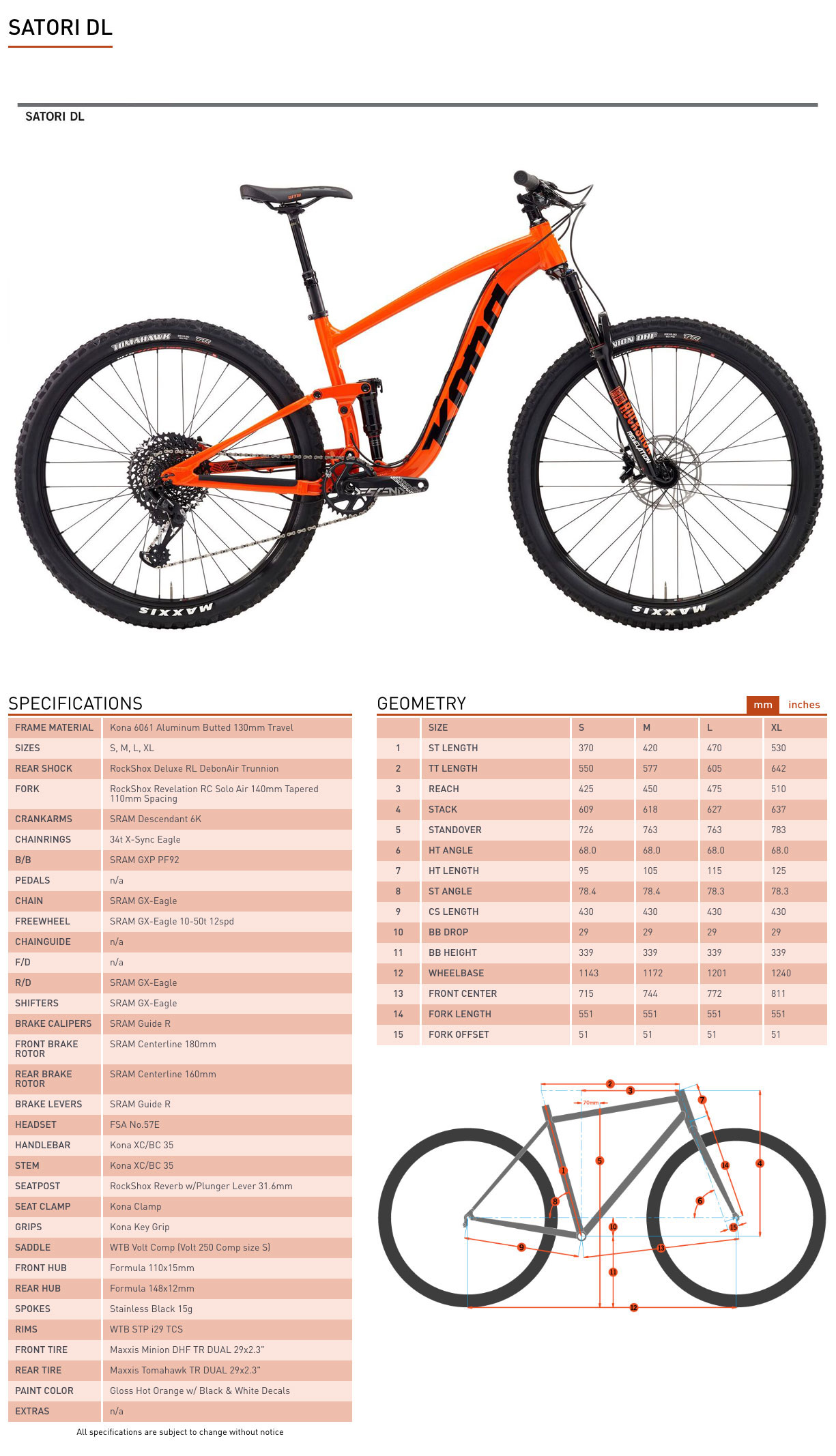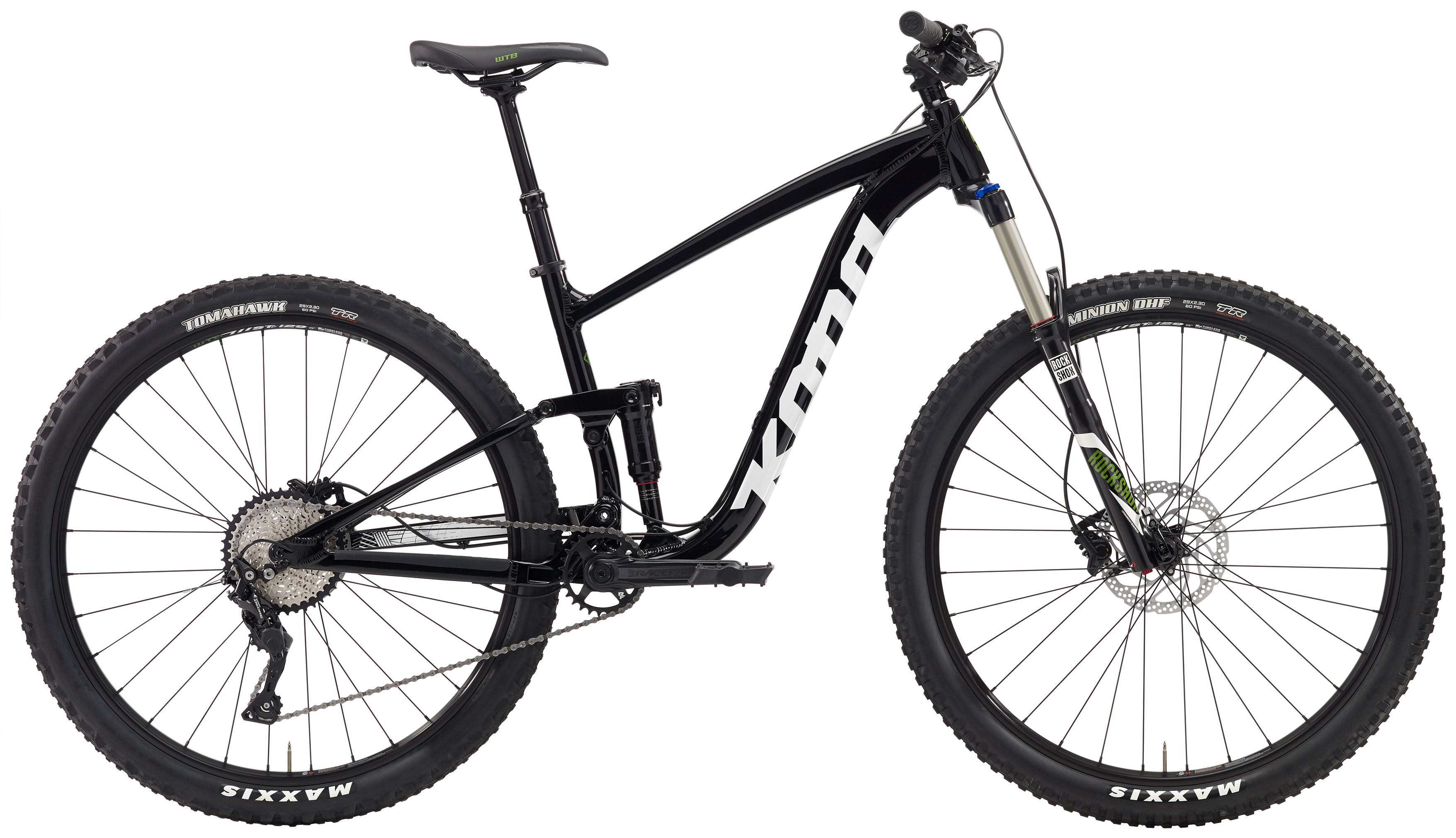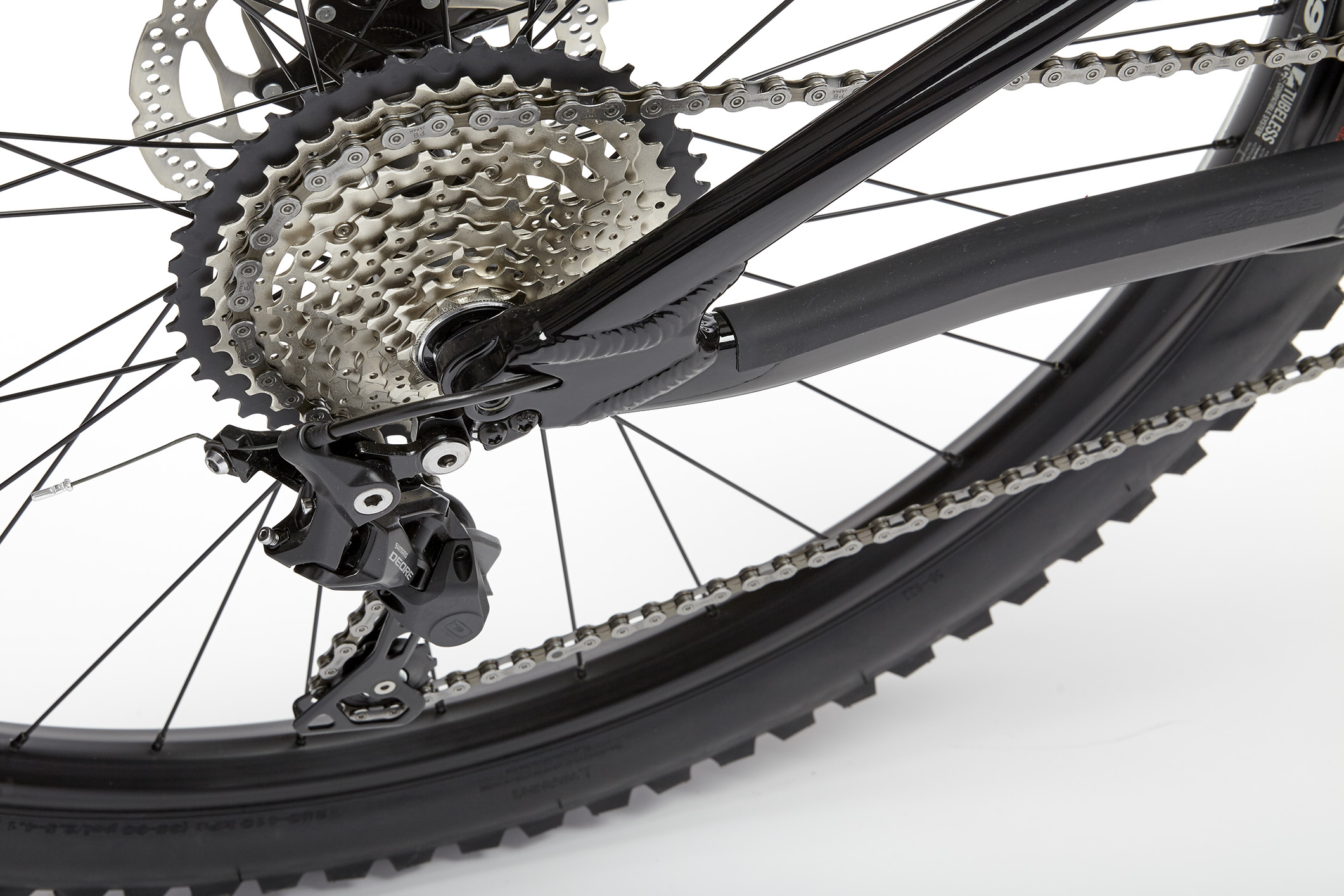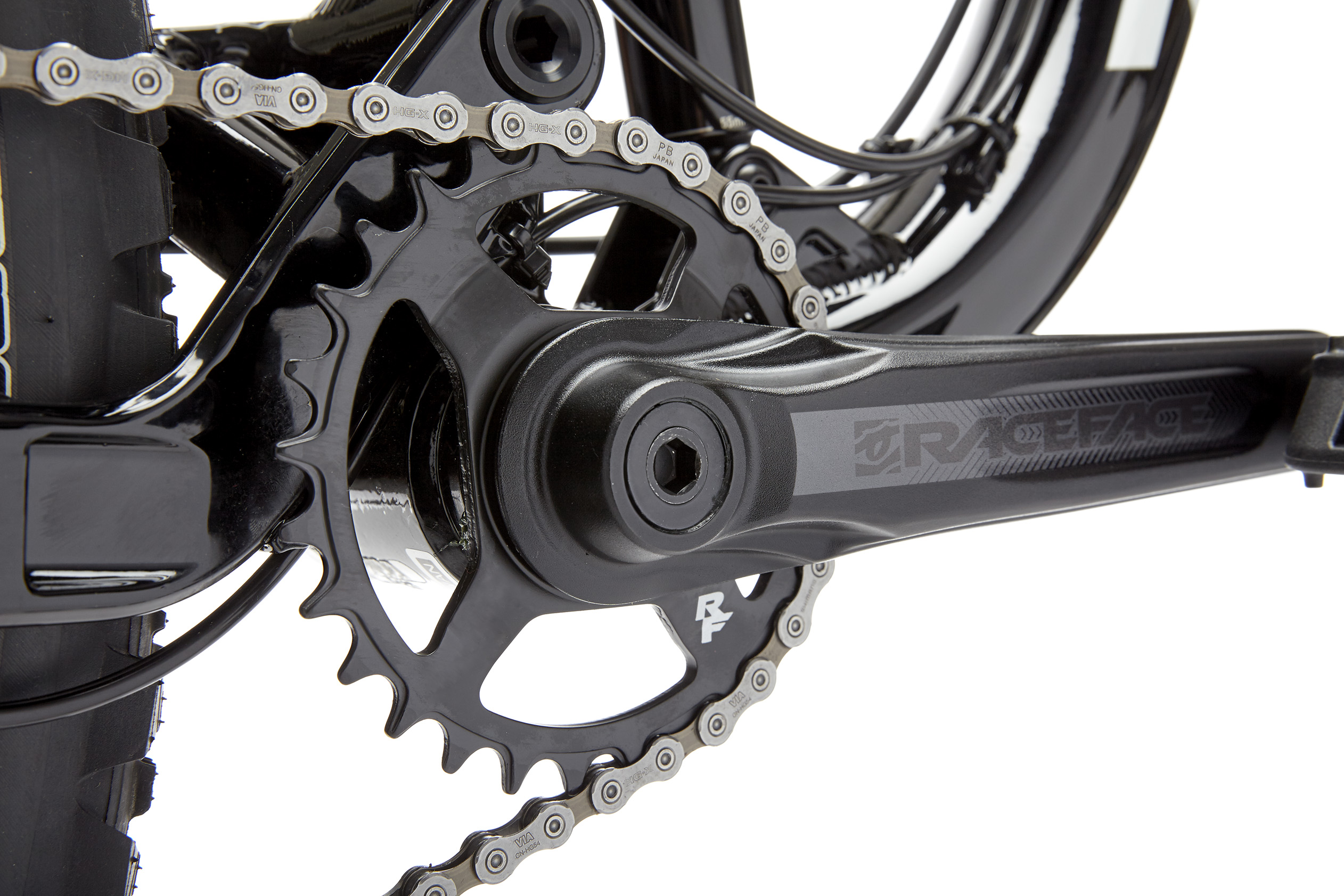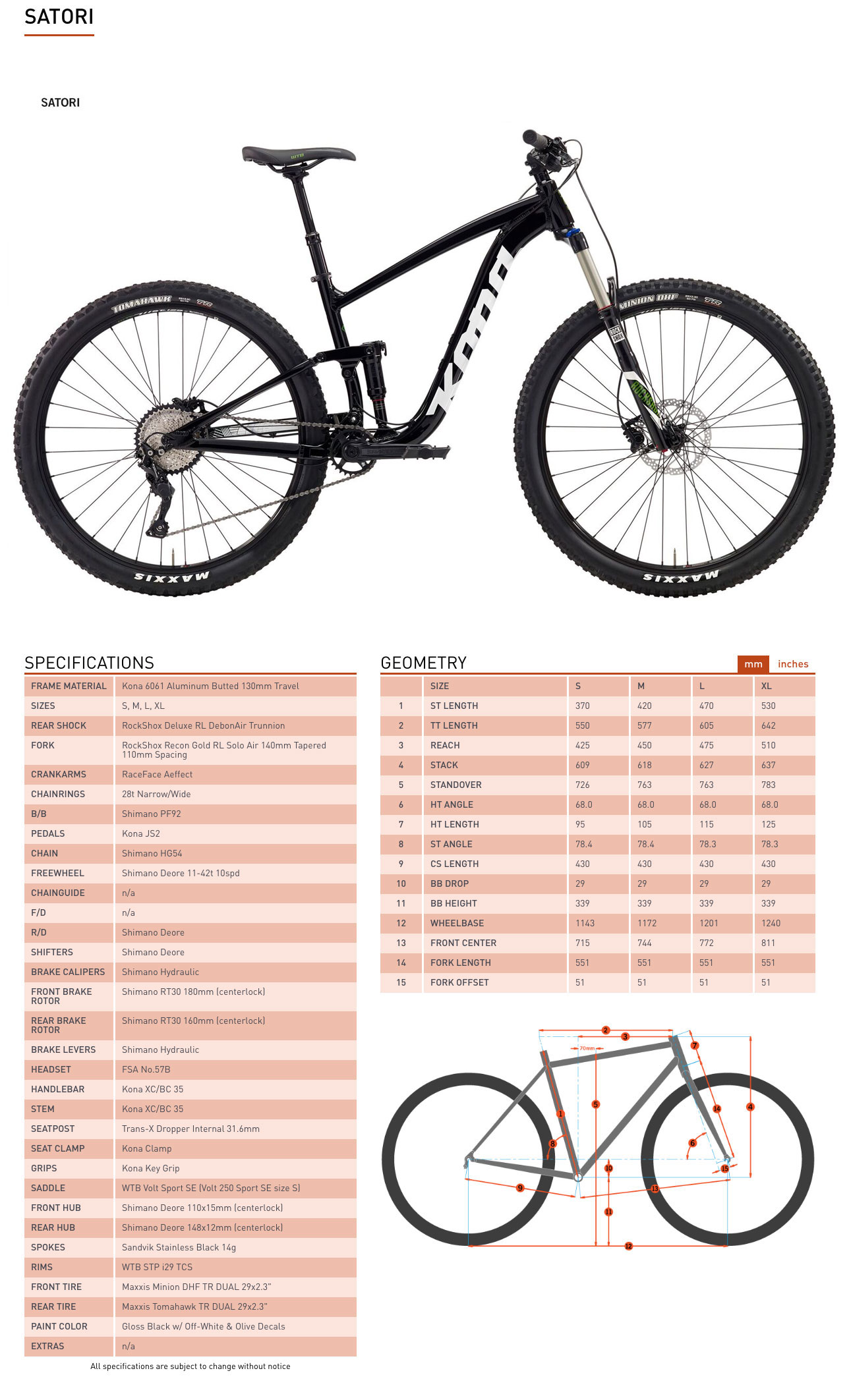In 2012, 130mm was considered “long travel” for a 29er. Obviously, much has changed in the past six years. But thanks to bikes like the original Kona Satori that paved the way, 29ers are now truly long travel. With that said, there’s still a place for mid-travel 29ers, which seems to be why after a five year break, the Kona Satori is making its triumphant return.
Kona Satori DL
Keeping with the original 130mm of rear suspension travel mated to a 140mm travel fork with 29″ wheels and a 6061 butted aluminum frame, that’s where the similarities end. This time, the Satori platform utilizes the Kona FUSE independent suspension system which also allows for the use of new trunnion mounted shocks. Additional frame details include a PF92 bottom bracket, Boost spacing front and rear, a tapered head tube, and internal dropper routing.
The FUSE design is fairly simple, but it’s proven to work – just look at the Kona Hei Hei DL for example. Regardless of model, the Satori uses a RockShox Deluxe RL DebonAir Trunnion shock to squeeze the most performance out of the rear end.
At the front, we start seeing differences between the Satori DL and the Satori, with the DL model opting for a RockShox Revelation RC Solo Air 140mm fork.
In the past we’ve seen the DL version equipped with more “Shore worthy” components (i.e. shorter stems, wider bars, droppers, etc.), but this time it’s mostly spec level differences. The higher end DL gains a SRAM GX Eagle 1×12 drivetrain with SRAM Descendant 6K crankset, SRAM Guide R brakes, and a RockShox Reverb dropper.
Additionally, the platform features WTB STP i29 TCS 29″ wheels with Maxxis Minion DHF/Tomahawk TR dual compound 29 x 2.3″ tires. Due to the upgraded spec, the Satori DL sells for $3,499.
Kona Satori
The Satori includes all of the details of the DL like the 130/140mm suspension, 29″ wheels, aggressive cockpit with 35mm stem and XC/BC 35 bars, but it employs a slightly different spec to drop the price. Instead of the 1×12 drivetrain of the DL, the Satori offers a 1×10 Shimano Deore drivetrain with a RaceFace Aeffect crank. It also sees a RockShox Recon Gold RL Solo Air Fork, Shimano hydraulic disc brakes, and a Trans-X internal dropper post.
Thanks to the change in spec, the Satori comes in $800 less than the DL, with a a $2,699 price tag.
